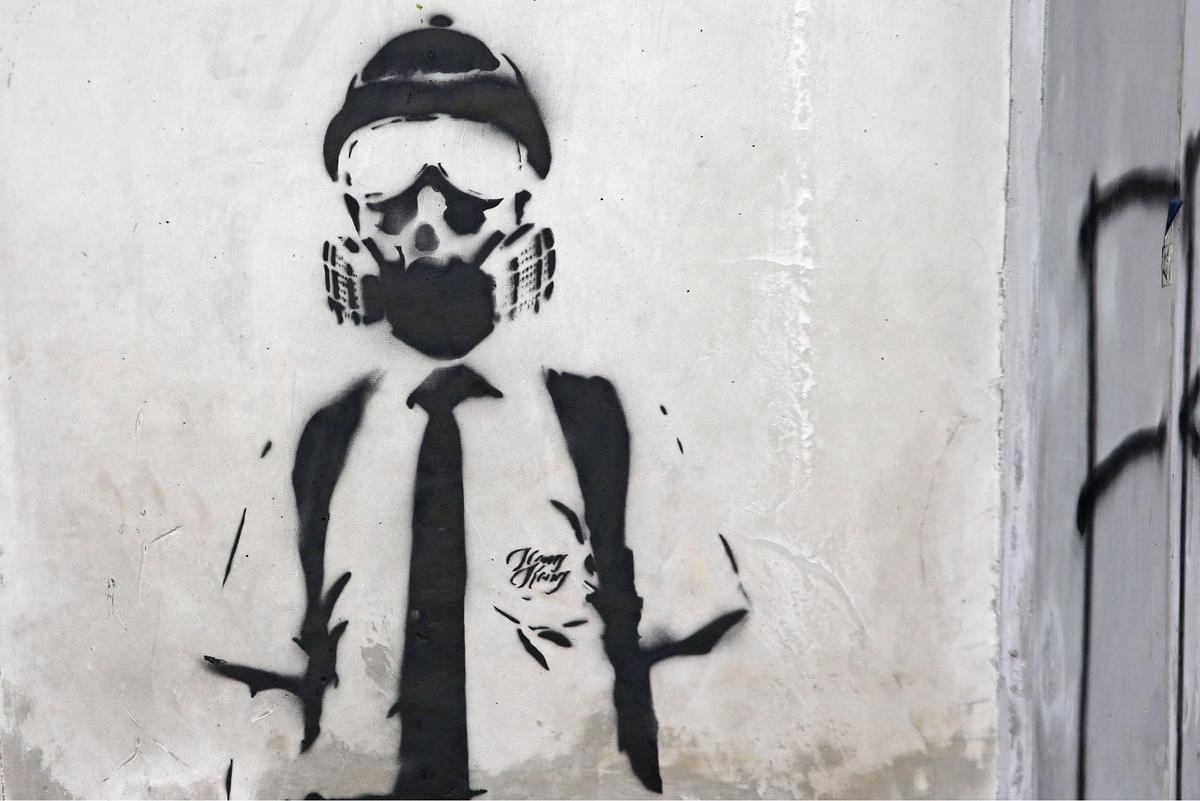What should the art market make of the unrest in Hong Kong? The protests against China’s government have gone on for much longer, and more intensely than expected. Events including a women’s tennis tournament and, more recently, the Rolling Loud hip-hop festival have been cancelled while the city’s retail, tourism and property sectors are feeling the pinch. Protests aside, Hong Kong’s streets are, apparently, empty.
Yet Sotheby’s autumn series of auctions, which coincided with the provocative 70th anniversary of Communist rule in China, were a hit. Five works sold for more than HK$100m (US$12m), including Yoshitomo Nara’s Knife Behind Back (2000), which went for a staggering HK$195.7m (US$24.9m). Some auctions scored higher than the equivalent, protest-free sales of last year. Christie’s, meanwhile, has a major work by the Chinese-French artist Sanyu coming to Hong Kong in November with a low estimate of HK$250m (US$33m).
On the evidence so far, Hong Kong looks to retain its spot as the world’s second-largest auction centre (after New York) this year. If not immune to geopolitical unrest, then perhaps, as some are saying, art is a helpful refuge for money that is struggling to find its way into other assets just now. There is enough possibility in both conclusions for interested parties to cling to. Notably Art Basel, whose organisers were quick to point out in October that there had been four months of protest but there are a full five months before its Hong Kong edition opens in March.
It may also be wishful thinking. Auctions are not the same as art fairs—they are purely transactional, so buyers don’t have to be present, and in fact increasingly bid and buy over the phone or online. Art fairs, in contrast, serve the precise purpose of bringing people into one place at one time, creating a hub from which other events can radiate. But they cost a lot to do and gallerists already have enough reasons to be half-hearted. The wait-and-see game can’t last much longer. Dealers don’t realistically have the luxury of five months to start shipping works and booking flights, those decisions will likely happen this side of Christmas.
The situation in Hong Kong is not looking good. But its cultural credentials have come a long way in a relatively short amount of time, as have China’s art buyers, so the trajectory remains broadly upwards. The many international dealers who opened in pricey real estate these past few years probably only generate real business in Hong Kong for a few weeks of the year anyway (around the fair and auction activity). They should be able to absorb a couple of weaker seasons, particularly if the bulk of their business is in the US, where activity is still strong. Art Basel too could probably swallow one muted year.
But, as one Hollywood Road dealer tells me: “It’s tense here. No-one comes into the gallery and our staff sometimes struggle to get home.”
It is, as ever, the homegrown, smaller galleries that suffer first in challenging times.



